Bowling is a beloved sport enjoyed by millions around the world, whether in casual leagues, competitive tournaments, or friendly gatherings. One fundamental question often arises among newcomers and enthusiasts alike: how many pins in bowling? Understanding the basics of bowling, including the number of pins, their arrangement, and the rules governing their use, is essential for anyone looking to improve their game or simply enjoy a night at the lanes. In this comprehensive guide, we will explore the intricate details of bowling pins, their setup, the scoring system, and tips to enhance your bowling experience.
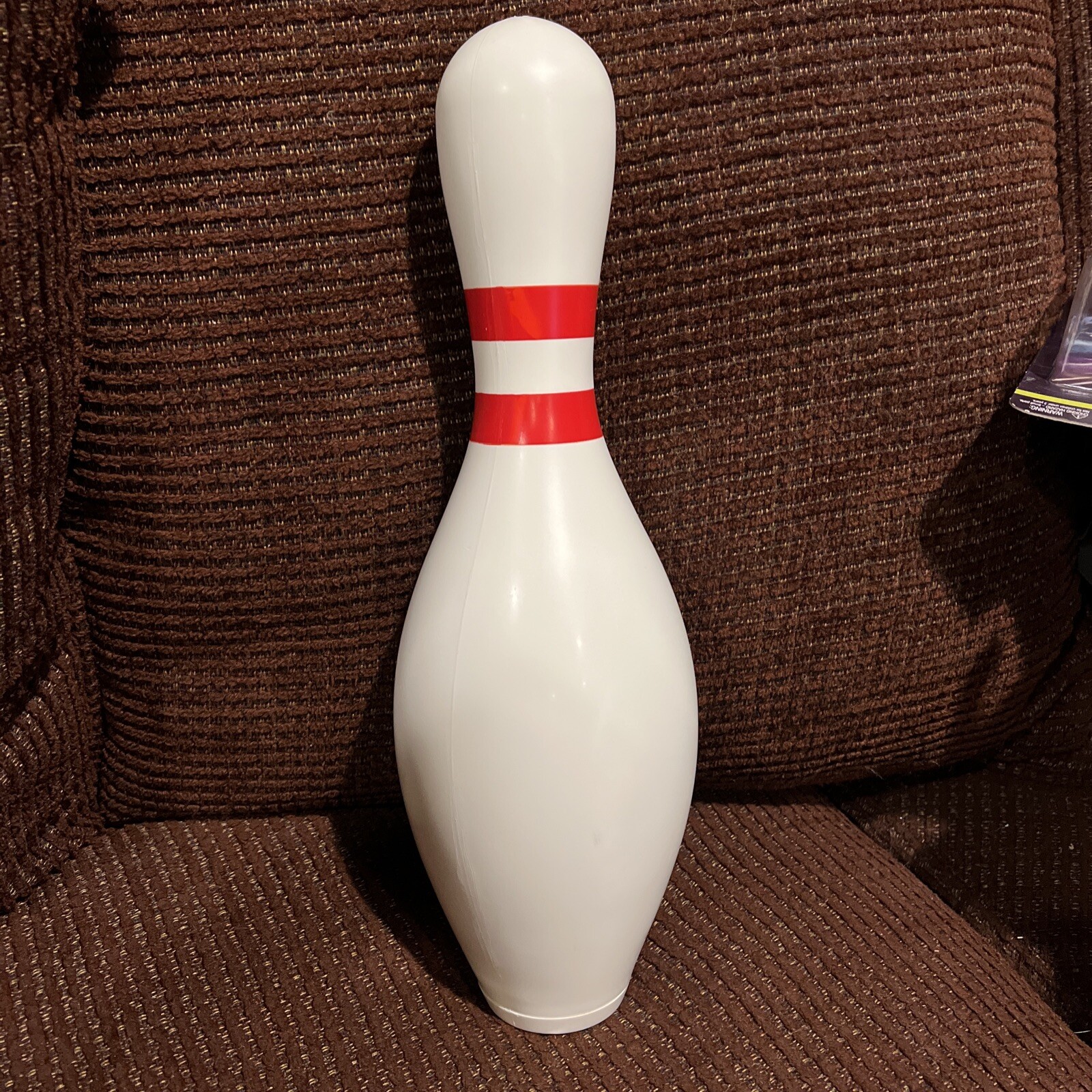 The Standard Number of Pins in Bowling
The Standard Number of Pins in Bowling
When you ask, how many pins in bowling, the answer is straightforward: ten pins. This setup is standard in the most popular form of bowling, known as ten-pin bowling. However, it’s important to note that there are variations of the game with different numbers of pins, such as candlepin and duckpin bowling.
Ten-Pin Bowling: The Classic Game
In ten-pin bowling, the game is played with ten pins arranged in a triangular formation at the end of a long, narrow lane. Each bowler gets two chances per frame to knock down as many pins as possible. The objective is to achieve the highest score by knocking down all ten pins in each frame, with additional points awarded for strikes and spares.
- Pin Arrangement:
- The ten pins are set up in four rows.
- The first row has one pin, known as the headpin.
- The second row has two pins, directly behind the headpin.
- The third row contains three pins.
- The fourth and final row has four pins, completing the triangular formation.
Variations of Bowling Pins
While ten-pin bowling is the most popular, there are other variations with different pin counts and arrangements. Understanding these variations can enhance your appreciation of the sport and its diverse forms.
- Candlepin Bowling:
- Features 10 thin pins, similar to candles.
- The pins are smaller and lighter than ten-pin bowling pins.
- Players have three attempts per frame.
- Duckpin Bowling:
- Uses 10 shorter and squatter pins.
- The smaller pins make achieving strikes more challenging.
- Players also have three attempts per frame.
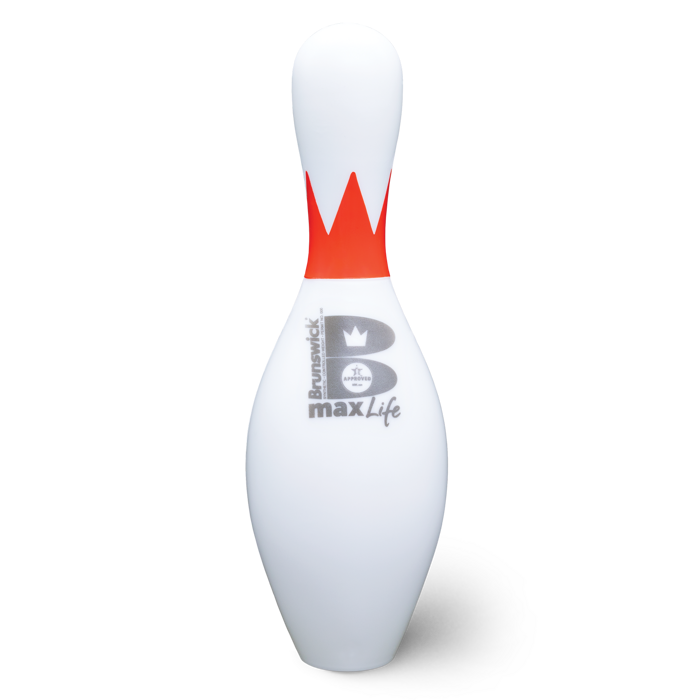 The Anatomy of a Bowling Pin
The Anatomy of a Bowling Pin
To fully appreciate how many pins in bowling and their setup, it’s helpful to understand the anatomy of a bowling pin. Each pin is designed with specific measurements and characteristics to ensure consistency and fairness in the game.
Design and Dimensions
Bowling pins are meticulously crafted to meet standardized measurements. This consistency ensures that every game is fair and predictable, regardless of the bowling alley or manufacturer.
- Height: A standard bowling pin stands approximately 15 inches tall.
- Weight: Each pin weighs between 3 pounds, 6 ounces, and 3 pounds, 10 ounces.
- Material: Pins are typically made from a combination of wood and resin to balance durability and performance.
- Shape: The classic bowling pin shape includes a wide base, a slightly tapered body, and a thin neck leading to the head.
Markings and Identification
Bowling pins feature distinctive markings to aid in their identification and alignment on the lane.
- Spots: Most pins have colored spots or dots to help bowlers visualize their target.
- Numbers: Some pins are numbered to assist in scoring and identifying specific pins during play.
The Setup and Maintenance of Bowling Pins
Proper setup and maintenance of bowling pins are crucial for the integrity of the game. Bowling alleys adhere to strict guidelines to ensure that pins are positioned correctly and remain in optimal condition.
Pin Setting Process
Setting up bowling pins involves precise alignment and positioning to maintain a fair playing field.
- Pinsetter Machines: Modern bowling alleys use automated pinsetters to arrange the pins accurately after each bowl.
- Manual Setting: In smaller or more traditional alleys, pins may be set manually by staff members, following standardized procedures.
Scoring in Bowling: How to Maximize Your Points
Understanding how many pins in bowling is ten is just the beginning. Scoring in bowling can be complex, with different bonuses and rules affecting your final score. Mastering the scoring system can significantly improve your game.
Basic Scoring Principles
In ten-pin bowling, the game consists of ten frames. In each frame, a bowler has two attempts to knock down all ten pins. The score for each frame is the total number of pins knocked down, plus bonuses for strikes and spares.
- Strike: Knocking down all ten pins with the first ball. A strike earns 10 points plus the total of the next two rolls.
- Spare: Knocking down all ten pins in two attempts. A spare earns 10 points plus the number of pins knocked down with the next roll.
- Open Frame: Failing to knock down all ten pins in two attempts. The score for the frame is the total number of pins knocked down.
Advanced Scoring Techniques
To maximize your score, it’s essential to understand and utilize advanced scoring techniques effectively.
- Spare Conversion: Consistently converting spares can significantly boost your overall score.
- Strike Streaks: Achieving consecutive strikes can lead to substantial bonus points, especially in the later frames.
- Pin Carry: Occasionally, pins knocked down in one frame will carry over to the next, contributing to bonus points.
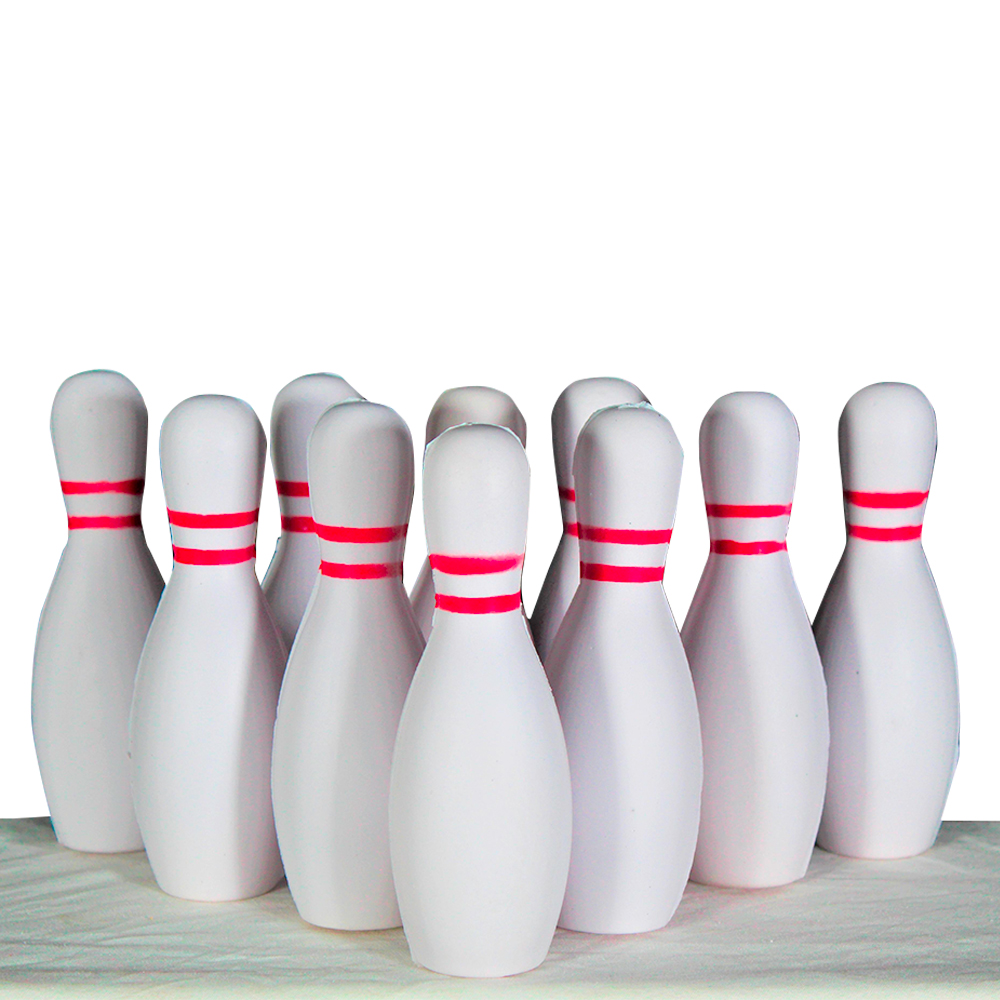 Tips and Strategies for Improving Your Bowling Game
Tips and Strategies for Improving Your Bowling Game
Enhancing your bowling skills involves more than just knowing how many pins in bowling. It requires practice, technique, and strategic thinking. Here are some tips to help you elevate your game.
Perfecting Your Bowling Technique
A solid technique forms the foundation of a successful bowling game. Focus on the following aspects to improve your form.
- Grip: Ensure you have a comfortable and secure grip on the ball.
- Stance: Maintain a balanced stance with your feet shoulder-width apart.
- Swing: Develop a smooth and consistent swing, keeping your arm relaxed.
- Release: Release the ball at the optimal point, ensuring a controlled and accurate trajectory.
Developing Consistency
Consistency is key to achieving high scores in bowling. Practice regularly to develop muscle memory and reliable execution.
- Routine: Establish a pre-shot routine to maintain focus and stability.
- Aiming: Use the lane markers to aim your shots accurately.
- Speed Control: Maintain a steady ball speed to ensure predictability in pin reactions.
Strategic Pin Targeting
Targeting specific pins can influence the outcome of your shot. Develop a strategy to maximize pin action and increase your chances of strikes and spares.
- Pocket Hits: Aim for the pocket (the area between the 1 and 3 pins for right-handed bowlers, and between the 1 and 2 pins for left-handed bowlers) to increase the likelihood of a strike.
- Angle of Entry: Adjust the angle at which your ball enters the pins to optimize pin carry and rebounding.
- Spare Shooting: Develop reliable spare shooting techniques to convert difficult pin combinations.
Equipment Essentials: Choosing the Right Bowling Ball and Shoes
Having the right equipment can make a significant difference in your bowling performance. Selecting the appropriate ball and shoes tailored to your style and skill level is essential.
Selecting the Perfect Bowling Ball
The bowling ball is your primary tool in the game. Choosing the right ball involves several factors to ensure comfort and effectiveness.
- Weight: Choose a ball that feels comfortable and manageable. The general guideline is to select a ball that is approximately 10% of your body weight, up to a maximum of 16 pounds.
- Finger Holes: Ensure the finger holes fit snugly without causing discomfort. Custom-drilled balls are available for a more personalized fit.
- Coverstock Material: Opt for a coverstock material that complements your bowling style. Common materials include plastic, urethane, reactive resin, and particle.
Picking the Right Bowling Shoes
Bowling shoes provide the necessary traction and slide required for a smooth approach and release. Selecting the right pair enhances your performance and reduces the risk of injury.
- Fit and Comfort: Choose shoes that fit well and offer adequate support. Proper sizing ensures stability and comfort during your game.
- Sliding Sole: Ensure the sliding sole is appropriate for your bowling style. Hookers may require a more slippery sole, while straight shooters might prefer a grippier slide.
- Style and Design: While functionality is paramount, selecting a stylish pair can boost your confidence and enjoyment.
Understanding Bowling Etiquette and Rules
Respecting the etiquette and rules of bowling fosters a positive and enjoyable environment for all players. Whether you are a beginner or an experienced bowler, adhering to these guidelines is essential.
Basic Bowling Etiquette
Maintaining proper etiquette ensures a smooth and enjoyable experience for everyone at the lanes.
- Wait for Your Turn: Be mindful of the bowler in front of you and wait until they have completed their shot before approaching the lane.
- Avoid Distractions: Refrain from talking, making loud noises, or moving while someone is preparing to bowl.
- Respect Others’ Space: Keep your belongings in designated areas to avoid obstructing other players.
Fundamental Bowling Rules
Familiarizing yourself with the basic rules of bowling enhances your understanding and enjoyment of the game.
- Frame Structure: A standard game consists of ten frames, with each frame allowing up to two rolls to knock down all ten pins.
- Scoring: Understand how strikes, spares, and open frames contribute to your total score.
- Foul Line: Do not step beyond the foul line during your approach and release to avoid a negative score or penalty.
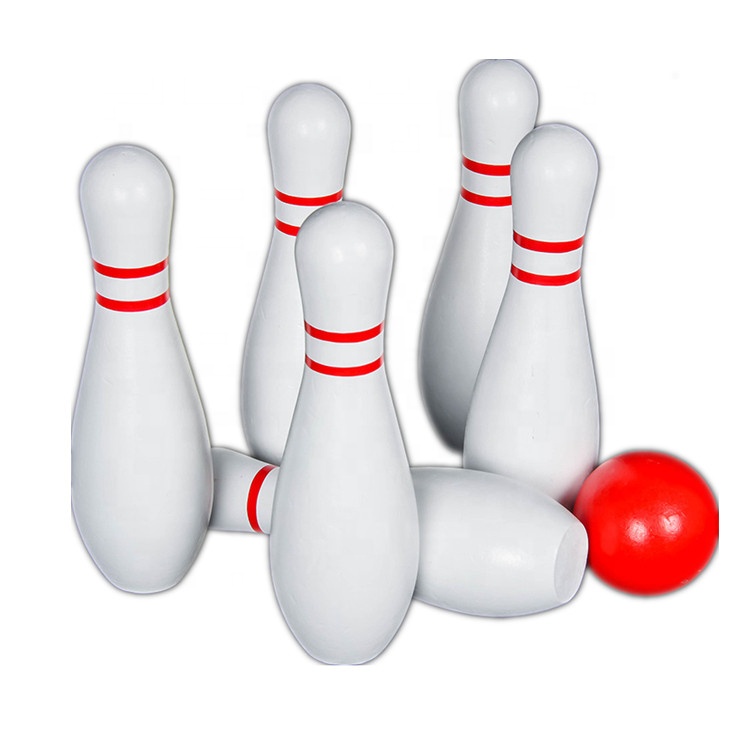 Bowling as a Social Activity
Bowling as a Social Activity
Bowling is not just a sport; it’s also a social activity that brings people together. Whether you’re participating in leagues, tournaments, or casual games with friends and family, bowling offers numerous social benefits.
Building Community Through Bowling Leagues
Joining a bowling league is an excellent way to connect with others who share your passion for the game.
- Regular Meetings: Leagues typically meet weekly, providing a consistent opportunity to socialize and compete.
- Team Spirit: Being part of a team fosters camaraderie and a sense of belonging.
- Skill Development: Competing regularly helps improve your skills and fosters healthy competition.
Hosting Bowling Parties and Events
Bowling alleys often cater to groups hosting parties and events, making it a versatile venue for various gatherings.
- Birthday Parties: Celebrate milestones with friends and family in a fun and engaging environment.
- Corporate Events: Organize team-building activities and corporate outings at the bowling alley.
- Special Occasions: Commemorate anniversaries, bachelor/bachelorette parties, and other special events with a memorable bowling experience.
The Health Benefits of Bowling
Bowling may seem like a leisurely activity, but it offers several health benefits that contribute to overall well-being.
Physical Health Benefits
Engaging in bowling provides moderate physical activity, enhancing various aspects of physical health.
- Cardiovascular Health: Walking and swinging your arm during bowling can improve heart health.
- Muscle Strength: Bowling builds strength in the arms, shoulders, legs, and core.
- Coordination and Balance: The sport enhances hand-eye coordination and overall balance.
Mental Health Benefits
Bowling also offers mental health advantages, promoting relaxation and reducing stress.
- Stress Relief: Focusing on your game helps divert attention from daily stresses and promotes mindfulness.
- Social Interaction: Engaging with others during bowling fosters social connections and reduces feelings of isolation.
- Cognitive Skills: Planning and strategy involved in bowling improve cognitive abilities and decision-making skills.
Technological Advances in Bowling
Technology has significantly impacted the sport of bowling, enhancing both the player experience and the integrity of the game.
Automatic Scoring Systems
Modern bowling alleys are equipped with automated scoring systems that streamline the game and provide real-time feedback.
- Accuracy: Automated systems ensure precise and accurate scorekeeping.
- Convenience: Players can focus on their game without worrying about manually tracking scores.
- Integration: These systems often integrate with mobile apps and online platforms for easy access to scores and statistics.
Advanced Lane Technology
Innovations in lane technology have improved the overall bowling experience, making it more enjoyable and accessible.
- Oil Patterns: Customized oil patterns enhance the challenge and strategy of each game.
- Synthetic Surfaces: Modern synthetic lane surfaces offer consistency and durability, reducing maintenance costs.
- Lighting and Sound: Enhanced lighting and sound systems create an immersive and engaging atmosphere for bowlers.
FAQ: How Many Pins in Bowling
Can the Number of Pins Vary in Different Bowling Games?
Yes, the number of pins can vary depending on the type of bowling. For example, candlepin and duckpin bowling use ten pins, similar to ten-pin bowling, but the pins are smaller and differently shaped. Each variation offers a unique challenge and requires different techniques.
Why Are There Ten Pins in Bowling?
The number ten was chosen for its mathematical symmetry and balance, creating a fair and challenging setup for players. The triangular arrangement with ten pins allows for various strike and spare combinations, adding depth and strategy to the game.
How Are the Pins Arranged on the Lane?
In ten-pin bowling, the pins are arranged in four rows. The first row contains one pin, the second row has two pins, the third row has three pins, and the fourth row has four pins. This setup creates a tight formation that requires precision and skill to knock down efficiently.
What Happens if Pins Are Still Standing After Two Rolls?
If pins remain standing after your two rolls in a frame, the number of pins you knocked down is added to your total score for that frame. In the tenth frame, you may get an extra roll if you score a strike or spare to complete your bonuses.
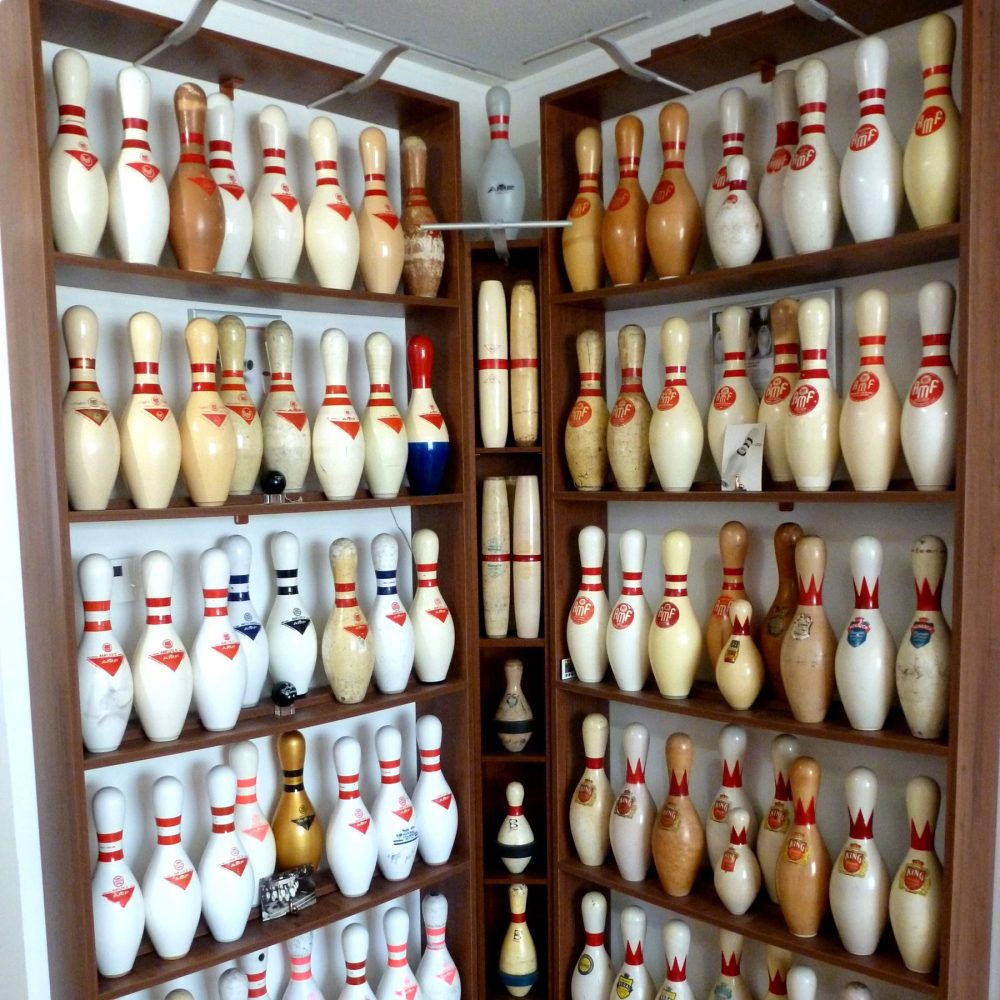 Final Thoughts on How Many Pins in Bowling
Final Thoughts on How Many Pins in Bowling
Understanding how many pins in bowling—which is ten—and the intricate details surrounding their setup, maintenance, and role in the game is essential for any bowler. Whether you’re a novice looking to grasp the basics or an experienced player aiming to refine your skills, knowing the fundamentals of bowling pins enhances your overall experience. Embrace the tradition, enjoy the strategy, and revel in the camaraderie that bowling offers. With this knowledge, you’re well-equipped to step onto the lanes with confidence, ready to knock down those ten pins and achieve your best game yet.